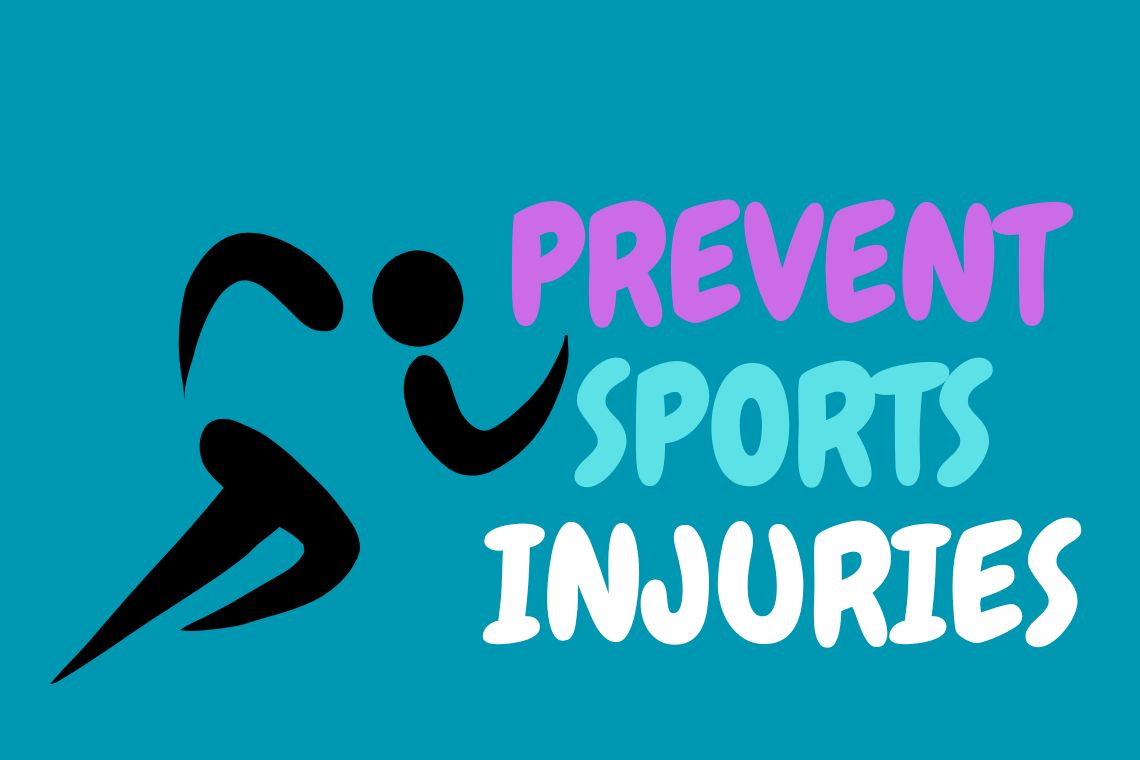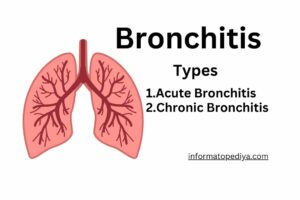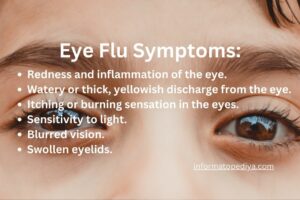
5 Common Sports Injuries: Prevention and Treatment
Participating in sports or exercising carries the risk of potential injuries, especially for children who are particularly vulnerable. It is crucial for parents to exercise caution, but adults are also susceptible. This article provides an overview of common sports injuries, prevention strategies, and treatment options.
Types of Sports Injuries
Sports injuries can vary in their effects and complications. Here are five well-known types of sports injuries:
- Sprains: Occur when tendons are overstretched or torn. Tendons are connective tissues that join two bones in a joint.
- Strains: Caused by overstretching or tearing of muscles. These injuries involve thick, sinewy tissue fibers that attach to bones. Strains are often mistaken for hyperextensions.
- Knee Problems: Any injury resulting from the movement of the knee joint can be considered a sports injury. Overstretching may lead to muscle or tissue tears in the knee.
- Muscle Swelling: Swelling is a common response to physical trauma. Swollen muscles can restrict movement and weaken the affected area.
- Achilles Tendon Rupture: The Achilles tendon, a fragile structure located at the back of the lower leg, can break or tear during sports activities. This injury causes severe pain and difficulty walking.
- Fracture: Also known as a broken bone, fractures can occur as a result of sports injuries. A bone may become dislocated from its attachment, causing intense pain, weakness, and swelling.
- Rotator Cuff Strain: The rotator cuff, consisting of four muscle groups, enables shoulder movement in all directions. Straining or tearing any of these muscles can result in a rotator cuff injury.
Treatment of Sports Injuries
For minor sports injuries, the RICE method is a commonly used management approach, which stands for:
- Rest: Allow the injured area to rest and avoid further strain.
- Ice: Apply ice packs to reduce swelling and alleviate pain.
- Compression: Use bandages or compression wraps to provide support and reduce swelling.
- Elevation: Keep the injured area elevated above heart level to reduce swelling.
The RICE method should be followed within the first 24 to 36 hours after an injury for optimal results. If symptoms persist after this period, it is advisable to seek medical attention. Severe sports injuries exhibiting symptoms like excruciating pain, visible deformations, unusual sounds, weakness, or an inability to bear weight should be promptly evaluated by a sports medicine doctor. Additional symptoms such as fever, difficulty relaxing, or disorientation also warrant immediate medical assistance. If an injury does not heal within two weeks, it is recommended to schedule an appointment with a sports medicine specialist for further evaluation and potential physical rehabilitation.
Prevention of Sports Injuries
Preventing sports injuries is crucial. Here are some key preventive measures:
- Proper Warm-up and Stretching: Adequate warm-up exercises and stretching routines are essential to prepare muscles for physical activity. Cold muscles are more prone to strains and tears, while warmed-up muscles are more flexible and adaptable.
- Correct Technique: Familiarize yourself with the proper movement techniques for your specific sport or activity. Different sports require different stances and postures, and using the correct technique can help avoid injuries, such as spine or hip injuries.
- Appropriate Equipment: Wear suitable footwear and ensure you have the necessary protective gear for your chosen sport. Ill-fitting shoes or equipment can increase the risk of injury.
- Avoid Overexertion: Allow yourself sufficient time to recover from any injuries before returning to sports. Pushing through pain or discomfort can exacerbate existing injuries.
- Cool Down: After physical activity, take time to cool down, which typically involves stretching and gentle exercises.
- Gradual Return to Sports: When recovering from an injury, gradually reintroduce yourself to exercise or your preferred sport. Excessive rest can delay recovery, and after 48 hours of following the RICE method, heat therapy can help release tense muscles.
Insights about Sports Injuries
Sports injuries are prevalent among young people and children. According to Stanford Children’s Health, over 3.5 million adults and children sustain injuries each year due to organized sports or physical activity, with sports accounting for 33% of all injuries in children.
Sprains and strains are the most common sports injuries in children. Physical sports like football and basketball result in more injuries compared to non-contact sports such as swimming and jogging.
A 2016 survey reported that 8.6 million people aged 5 to 24 sustain sports injuries regularly, making this age group the most affected by sports-related injuries.
Lower body injuries account for 42% of all sports injuries, while 30.3% occur in the upper extremities. Head and neck injuries constitute 16.4% of sports-related injuries.
While sports-related deaths are infrequent, when they do occur, they are most commonly caused by head injuries.
Factors Increasing the Risk of Sports Injuries
Certain factors can increase the likelihood of sustaining a sports injury, including:
- Childhood: Children are more vulnerable to sports injuries due to their developing bodies and lack of awareness about their physical limitations. They may push themselves beyond their capabilities, leading to a higher risk of injury compared to adults.
- Age: As individuals age, the risk of sports injuries tends to increase. Past injuries may be aggravated by new ones, contributing to a higher likelihood of injury.
- Neglecting Minor Injuries: Minor injuries can sometimes progress into more severe conditions if left unattended. Regular check-ups and timely intervention can help detect and manage sports-related ailments early on.
- Overweight or Obesity: Carrying excess weight puts additional strain on joints, especially in the hips, knees, and lower legs. Engaging in sports or exercise can further increase the risk of sports injuries for individuals who are overweight.
It is advisable for both adults and children who wish to participate in sports to undergo a thorough physical examination by a specialist before starting. This can help identify any pre-existing conditions or risks that may require attention or modification.
Diagnosis and Medical Attention
If a sports injury is suspected, medical professionals typically perform the following tests for diagnosis:
- Physical Examination: The doctor examines and manipulates the injured joint or affected area to assess mobility and detect abnormalities.
- Clinical History: Inquiries are made about the circumstances of the injury, activities performed at the time, and details of the accident. For first-time patients, a more detailed clinical history may be necessary.
- Imaging Tests: X-rays, MRIs, CT scans, and ultrasounds may be conducted to further evaluate the injury and confirm the diagnosis.
In cases of injury or strain, the RICE method may be recommended by healthcare professionals.
It is crucial to monitor symptoms closely and seek medical attention if they worsen. Signs of swelling or pain when putting weight on the injured area should prompt a visit to a healthcare provider. For children, extra caution is advised since their bones are still developing, and what may seem like a minor tissue injury could actually be a more severe fracture.
Do not ignore any warning signs or symptoms. Seeking timely care and treatment enhances the chances of a full recovery and a safe return to sports.







Unquestionably believe that which you stated. Your favorite reason seemed
to be on the web the simplest thing to be aware of. I say to
you, I definitely get irked while people think about worries that
they just don’t know about. You managed to hit the nail upon the
top and defined out the whole thing without having side-effects , people can take
a signal. Will likely be back to get more.
Thanks
What’s Going down i am new to this, I stumbled upon this I’ve
discovered It positively helpful and it has aided me out loads.
I hope to contribute & help other customers like its helped me.
Great job.
Hi! I’ve been following your weblog for a while now and
finally got the bravery to go ahead and give you a shout out from
Porter Tx! Just wanted to say keep up the fantastic work!
good post
Can you tell us more about this? I’d love to find out more details.
Thank you for consistently delivering high-quality content.